Open Call for Papers – Quantum Nanomaterials
Submissions deadline extended until 7 September 2025
Nanoscale is pleased to announce an open call for submissions to a new and exciting themed collection on quantum nanomaterials guest edited by Dr Yujeong Bae (Empa, Swiss Federal Laboratories for materials science and technology, Switzerland) Dr Paola Ceroni (University of Bologna, Italy) and Dr Yi Chen (Peking University, China).
Quantum materials have emerged as a rapidly expanding field at the intersection of condensed matter physics, materials science, and quantum technology. These materials exhibit exotic quantum phenomena that cannot be described by classical models, encompassing diverse systems such as topological materials, correlated electron systems, moiré heterostructures, two-dimensional (2D) materials, and spin-based quantum systems. Their unique electronic, magnetic, and optical properties underpin advancements in quantum computing, spintronics, optoelectronics, and next-generation sensing technologies.
A significant milestone in the recognition of quantum materials research was the 2023 Nobel Prize in Chemistry, awarded for the discovery and synthesis of quantum dots, highlighting the transformative impact of nanoscale semiconductor materials. This breakthrough, along with developments in topological insulators, moiré superlattices, superconducting materials, and quantum defects in solids, has fueled new directions in quantum information science and novel device architectures.
This special issue aims to highlight the latest advancements and challenges in quantum materials research, with a broad scope that includes, but is not limited to, the following topics:
- Novel synthesis and fabrication strategies
- Bioinspired quantum nanostructures
- Quantum coherence and entanglement in condensed matter systems
- Emerging quantum phases in correlated materials
- Topological and spintronic quantum materials
- Moiré superlattices and 2D heterostructures
- Defect-based quantum systems for sensing and computing
- Advanced spectroscopic and characterization techniques
- Light-matter interactions and quantum photonics
- Quantum transport and electron correlation effects
- Quantum material-based devices and applications
We invite researchers to contribute original research articles, reviews, and perspectives that explore fundamental discoveries, experimental techniques, and technological applications of quantum materials. This special issue will serve as a valuable platform for advancing the field and fostering interdisciplinary collaborations.
Open for submissions until 7 September 2025
How to submit
Articles can be submitted at any time before the deadline via the Nanoscale journal online submission system. Please see the journal’s webpage linked above for more information on the scope, standards, article types and author guidelines.
Accepted articles will be published in a citeable format in regular journal issues as soon as possible and collated into the themed collection online, which will be promoted in late 2025. We are looking forward to receiving your submission, which is welcomed any time before the 29 July 2025 so that this collection can become available to you and the community as soon as possible. If you would like to submit, but need an extension to the deadline please do get in contact and we can aim to accommodate.
Please inform the Editorial Office at nanoscale-rsc@rsc.org as soon as possible if you plan to submit.
Please note that all submissions will be subject to initial assessment and rigorous peer review, if appropriate, to meet the usual high standards of the journals. As such, peer review and acceptance is not guaranteed.















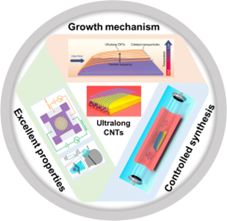
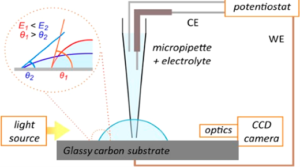



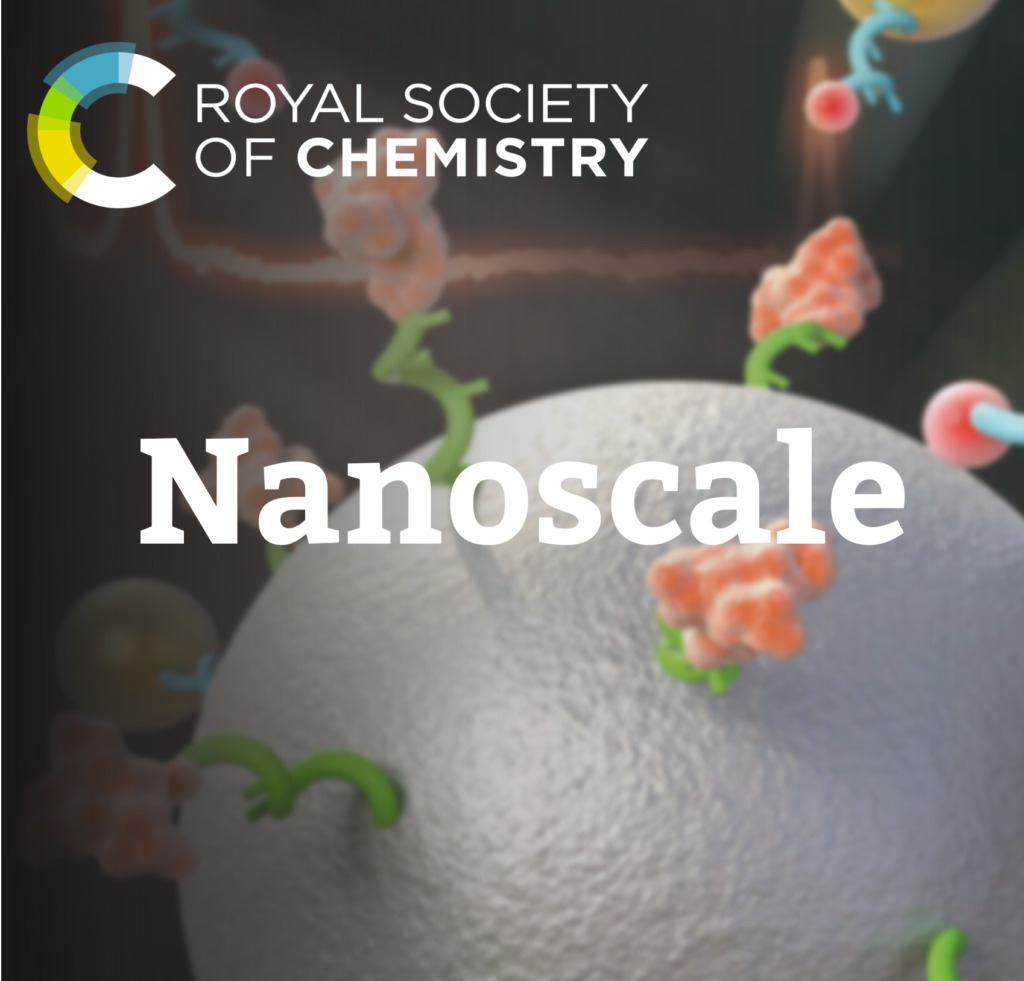
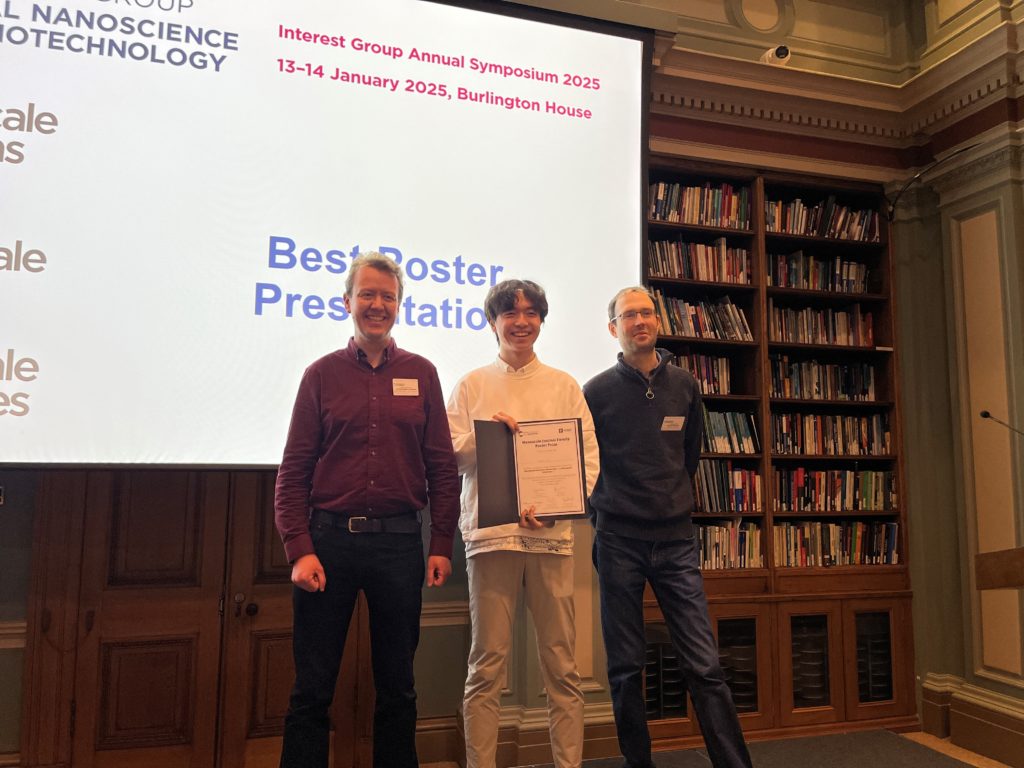
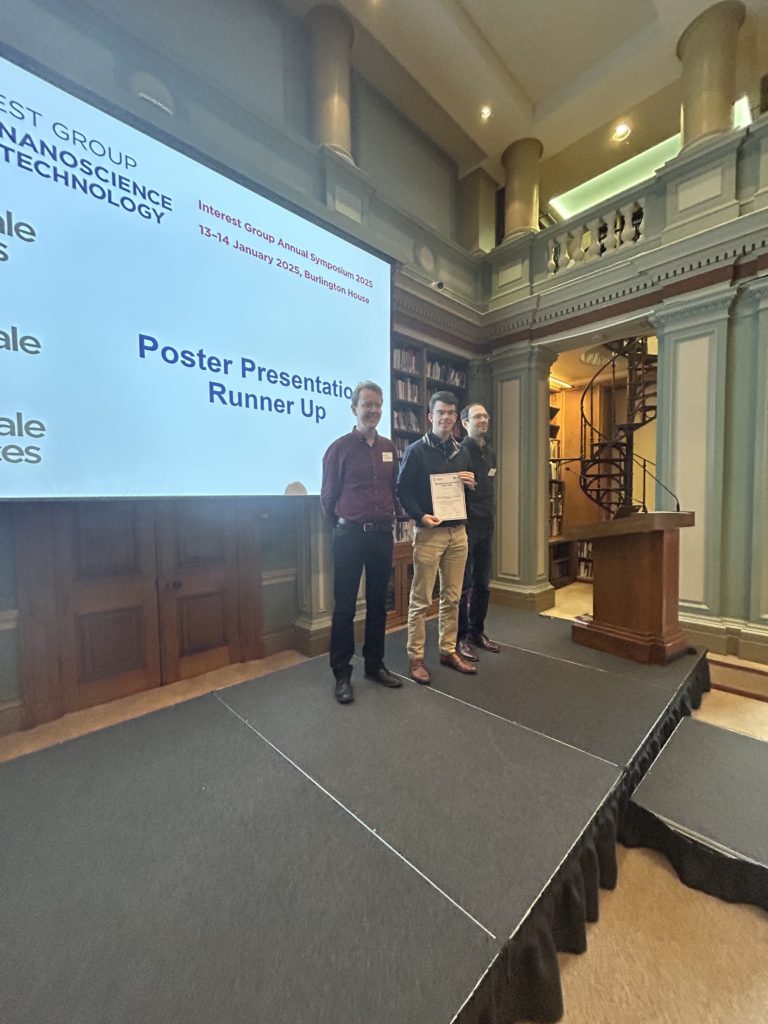

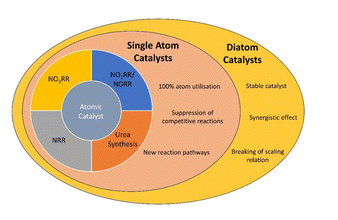
 Atomically precise Au and Ag nanoclusters doped with a single atom as model alloy catalysts.
Atomically precise Au and Ag nanoclusters doped with a single atom as model alloy catalysts.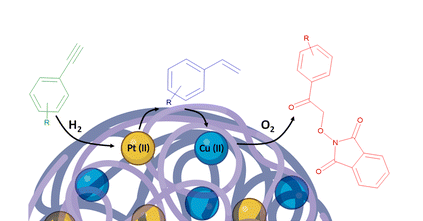 Consecutive one-pot alkyne semihydrogenation/alkene dioxygenation reactions by Pt(ii)/Cu(ii) single-chain nanoparticles in green solvent.
Consecutive one-pot alkyne semihydrogenation/alkene dioxygenation reactions by Pt(ii)/Cu(ii) single-chain nanoparticles in green solvent.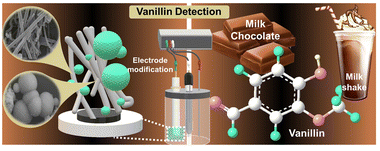 Neodymium niobate nanospheres on functionalized carbon nanofibers: a nanoengineering approach for highly sensitive vanillin detection.
Neodymium niobate nanospheres on functionalized carbon nanofibers: a nanoengineering approach for highly sensitive vanillin detection.